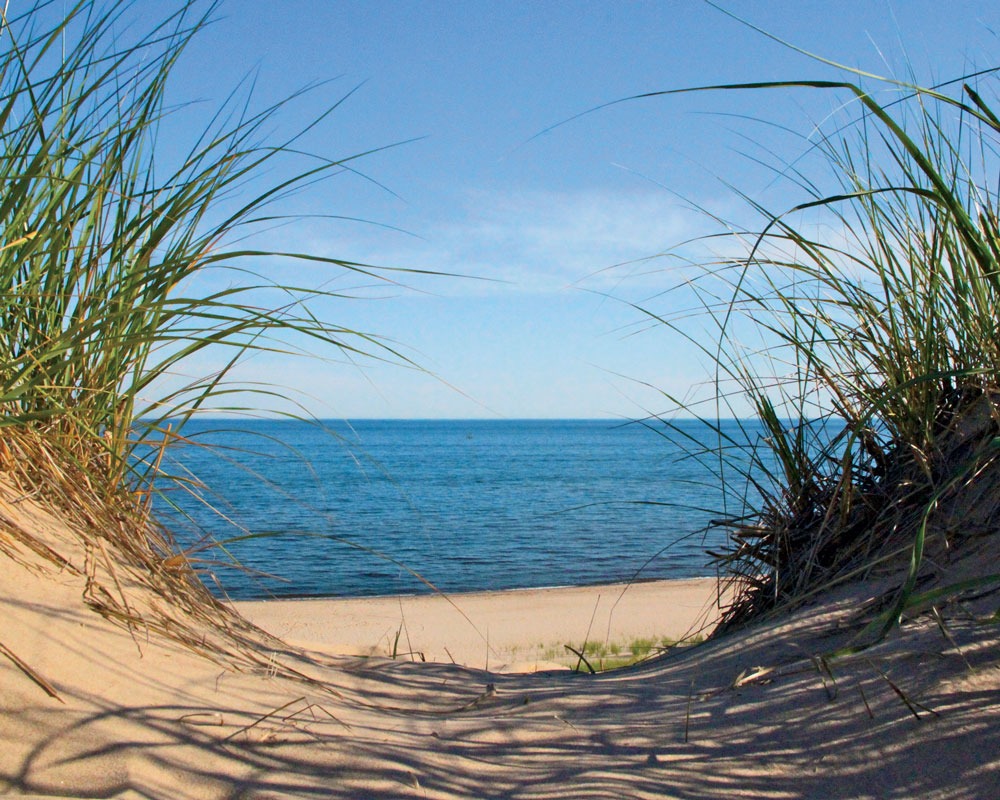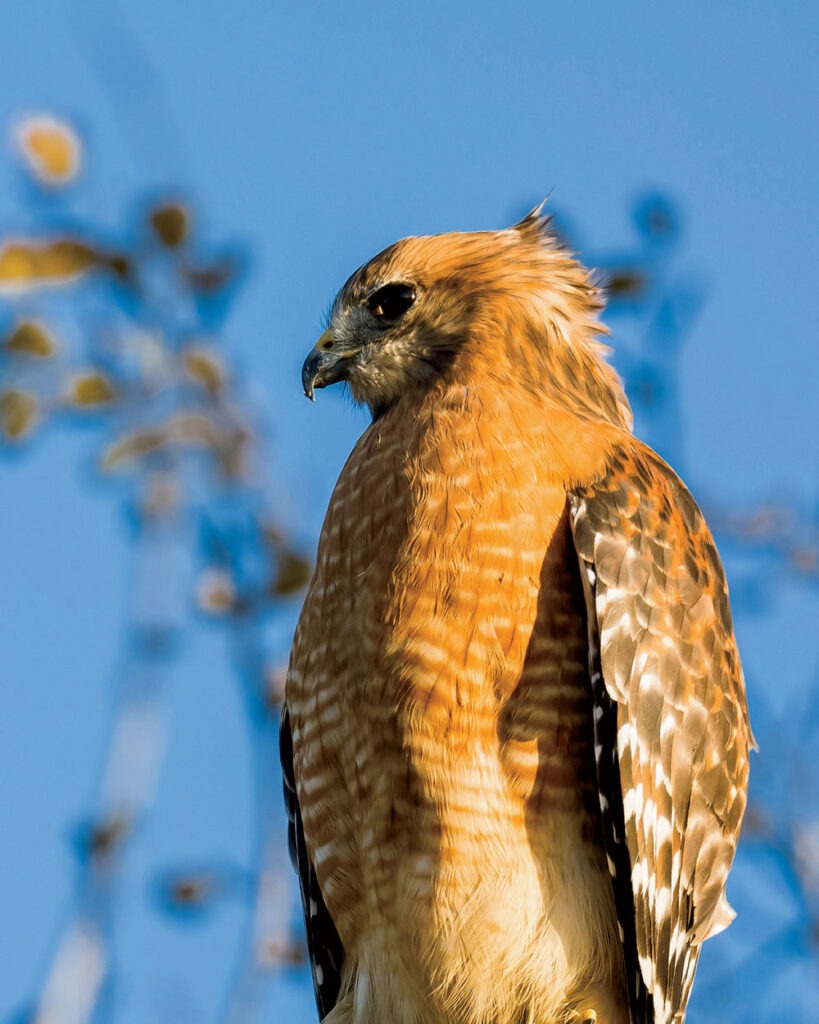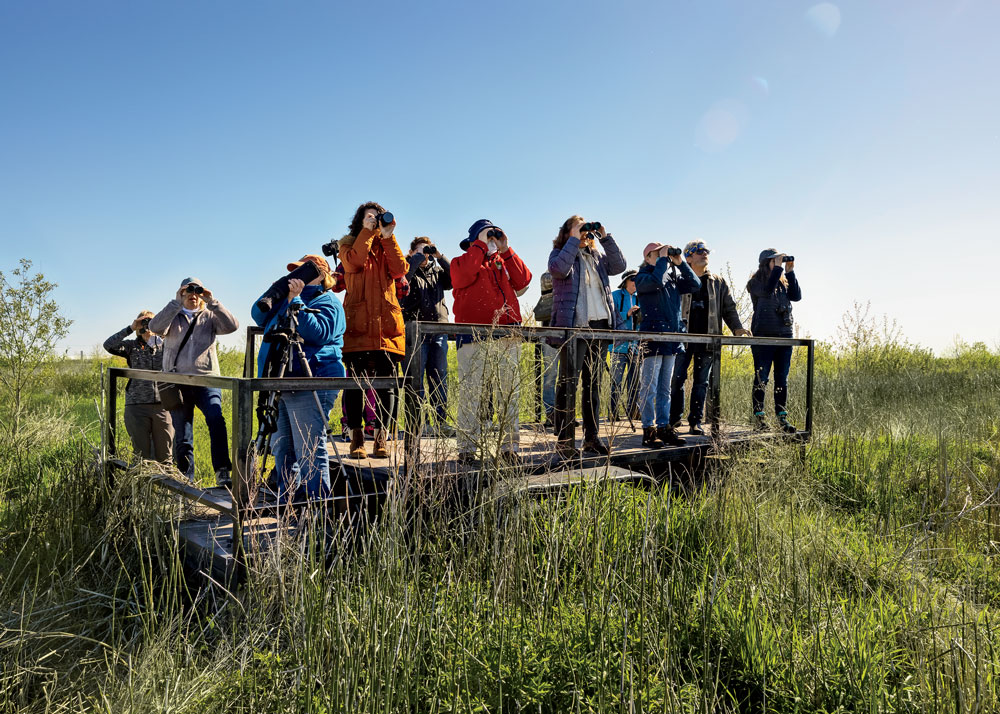
Indiana Dunes National ParkThe drive: 1 hour
Indiana Dunes National Park is a Rust Belt kind of wild space: understated but beautiful, a lonely stretch of delicately brown, grassy sand dunes that overlook a lakefront distant from the Chicago skyline visible, in miniature, across the way. But that’s not what pulls me there. Behind those dunes is one of the best spots for birdwatching anywhere in the Midwest: forests and wetlands that play host to hundreds of migratory birds in the spring and fall.

I started going to the dunes regularly after I began birding in 2019 — and after I learned it was a hub for migrant birds. It’s where I once spotted — at least I’m pretty sure I did — the only orchard oriole I’ve ever seen. Loons, hawks, and warblers of all colors and kinds, to name just a few, stay over at the dunes during their travels, drawing birders of every feather to see them. At last year’s Indiana Dunes Birding Festival (this year’s runs from May 16 to 19), birders logged more than 200 species, including 20 to 30 kinds of colorful warblers a day — one of the real treasures of migration birding in the Midwest.
For me, Indiana Dunes National Park is more than sand hills on a lake. It’s a place where birds and birders gather, away from the welter of the city across the water. On one of my first visits, I sought out songbirds sheltering on the foresty edges, then wading birds and waterfowl in the marshy open spaces. And there they were, all around, living their best avian lives in their dunes sanctuary.

Local KnowledgeFrom Brad Bumgardner, executive director of the Indiana Audubon Society
“George’s Gyros Spot in nearby Chesterton is a local favorite. You’ll find something there you can take with you to eat out in the field. But I also really like their lemon rice soup. My wife likes the baklava.”



